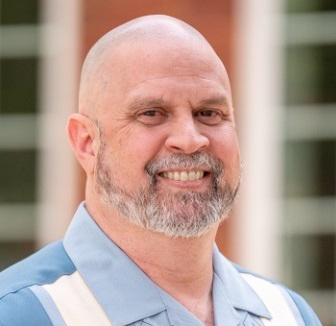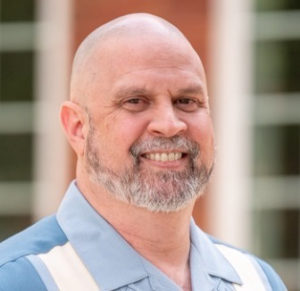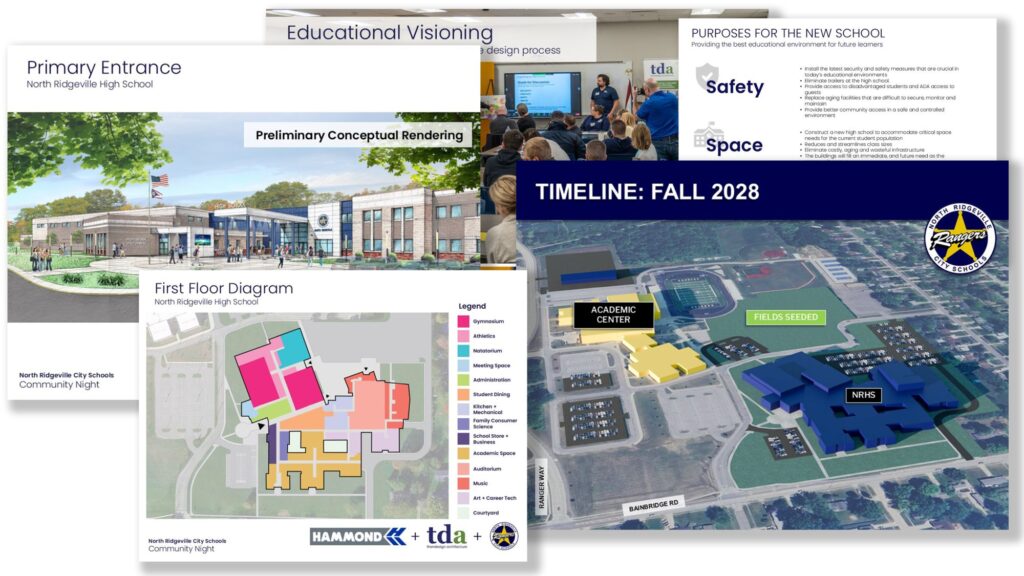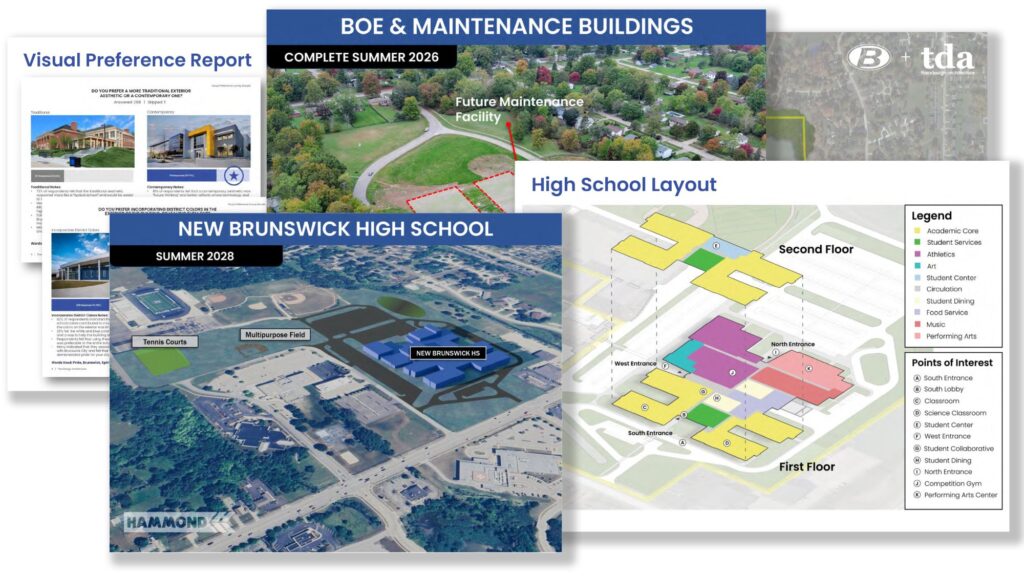Lakeland Community College Veterans Center Renovation
As part of the Master Plan project for Lakeland Community College, the expansion and renovation of the Engineering Technology Building necessitated the relocation of the school’s Veterans Center. After finding the optimal location in a more centralized area of the campus, the Veterans Center opened its doors with a ribbon cutting celebration.
The Lakeland Community College Veterans Center is “committed to helping active duty personnel, veterans, reservists, and dependents attain their personal and professional goals.” It also “supports the path of educational success and personal development for veterans and military-connected students.”
The renovation created an opportunity to tailor the design of the center to best suit the needs of Lakeland students and veterans. The move to a more central area makes the Veterans’ services more accessible and easier to find.
Lakeland Community College Veterans Center Renovation
A New Location, A New Look
“The college didn’t want to give up any classrooms, so we looked at about five different locations,” noted ThenDesign Architecture Project Manager Brad Gellert. “There was an open area on the second floor of the dining and study facility,” Brad recalled. “When we started the project, the school was still implementing COVID-19 social distancing, and they were actually storing tables and chairs along the wall next to the balcony.”
The second floor of Building S was ideal for placing the new Veterans Center because it was well-lit with abundant natural light and located adjacent to the Student Service Center. “We captured the natural light from the atrium and brought it into the space,” Brad said. “The frosted glass allows light in but adds some privacy so people don’t feel like they’re in a fishbowl.”
ThenDesign Architecture Interior Designer Rhonda Franklin commented on the team effort of the project. “Brad and I helped them realize their vision. We presented ideas for how open or closed the space would feel by showing them different samples of frosted glass. It was absolutely a group process.”
To balance brightness with privacy, the computer lab has opaque glass walls, but the top sections are clear.
Lakeland Community College Veterans Center Renovation
Working Together to Benefit the Veterans
“They had some very grand ideas in mind when we started collaborating on designing the space,” said Rhonda. “They wanted to do a lot of different things in one place, which was a challenge. But, we all shared the same goal: to make the center look very professional and show respect for the veterans.”
Meeting with college and veteran center administrators, the design team worked together on creating a computer lab for quiet study, a conference table meeting area, a kitchenette, a space to watch TV or play video games, and two offices. Adjacent to the Veterans Center is a multi-use student affairs meeting room that is available to the broader student population and large enough to host banquets or student conferences.
“They wanted a place for students and veterans to relax,” Rhonda mentioned. “They didn’t want it to feel super academic. It’s a beautiful space, and I think we gave them more than they expected.”
The sprawling United States flag graphic is the signature iconography of the exterior. It acts as a wayfinding element that is easily visible from the dining area on the lower level. Brad explained, “The flag was meant to be cheery and patriotic as a ‘Thank you for your service’ welcome to visitors.” He added, “It salutes the veterans and gives them a notable presence in the building.”
Rhonda described how the theme of red, white, and blue was carried inside the center. “The paint color, carpeting, furniture choices, and finishes reflect the flag idea. The vibrant colors and comfortable furniture keep everything feeling light. They really liked how it turned out.”
Design Details of the Lakeland Community College Veterans Center Renovation
Designing an Inviting, Relaxing Space
Due to the high ceiling, sound baffles extend over the conference table, and tiles inside the computer lab made the spaces feel more intimate by reducing echo to increase vocal privacy.
Curved blue acoustically absorbent sound baffles reminiscent of a flag waving in the breeze were installed above the conference table to help define the area. “This is one of my favorite finishes here,” Rhonda remarked. “There are light fixtures between the sheets, but the acoustic material is made of recycled soda bottles. So, that’s pretty awesome.”
Other environmental considerations for the renovation included using high-quality products from reputable commercial companies, including low volatile organic compounds (VOCs), sustainable fabrics, and zero-VOC paints. The flooring had no off-gassing, and the carpet is recyclable.
Brad noted that the Veterans Center utilized the existing environmental footprint, “We took advantage of the embodied carbon that was already expended when it was constructed. We didn’t increase the building’s heating or air conditioning load.”
Lakeland Community College Veterans Center Ribbon Cutting Ceremony
The Lakeland Veterans Center Ribbon Cutting
Brad commented on the partnership with Marous Brothers Construction during the project, “You could tell it was a labor of love on their part. They wanted to do an excellent job and had a wonderful project manager. We were very pleased with their performance and collaborating with them.”
The Lakeland Community College Veterans Center held a well-attended ribbon cutting ceremony on November 7, 2023, for veterans and their families, students, local government officials, and guest speakers. Veterans Center Manager S. Rhonda Osagie-Erese, MSSA, LSW, was presented with a Certificate of Congressional Recognition and Achievement honoring Lakeland Community College.
Rhonda Franklin reflected on the project’s outcome, “I think they couldn’t have known just how lovely it would turn out. I’m proud of how it all came together.”
“It’s a great addition to the college and respectfully honors the veterans,” Brad Gellert added. “We hope they enjoy it for years to come.”
Lakeland Community College Veterans Center Ribbon Cutting Ceremony

Marc Cebrian
Get our newsletter with insights, events and tips.
Recent Posts:
New Brunswick High School Groundbreaking Ceremony
Highlighting Excellence in School Communication






